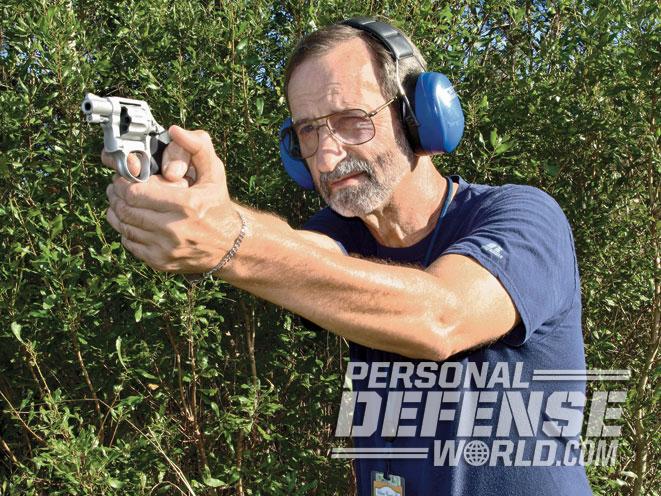Rimfire rifles and handguns are relatively inexpensive to shoot. They have light recoil and they can be used for a wide variety of purposes. No wonder so many are sold every year! On the other hand, the large variety of rimfires can make it difficult for new shooters to get the gun that best suits their needs and abilities. Fortunately, there’s a three-step process that can help a new shooter decide what’s best for him or her.
1. Know Your Need
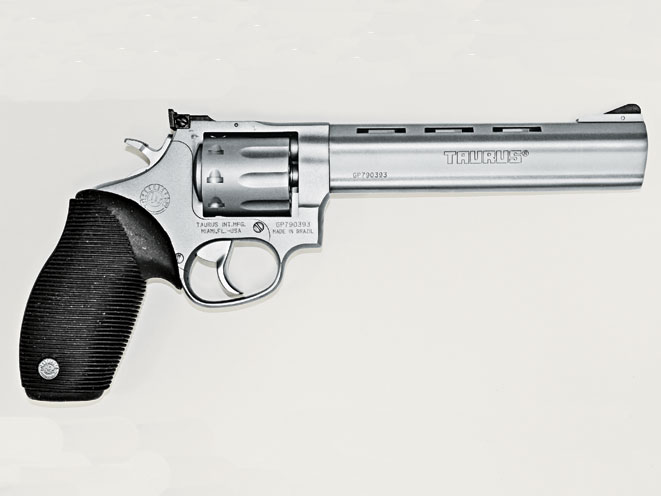
Rimfires are usually bought for any of a large range of purposes. Purposes include target shooting, hunting, camping, personal defense, or lower-cost tactical practice. But just buying a rimfire for “hunting” or some other general category of shooting doesn’t ensure a person will get the gun they need. You must clearly define what you need the gun for and what you need it to do.
Advertisement — Continue Reading Below
When selecting a gun for hunting, one has to be specific and ask what kind of hunting will be done. Will the game be squirrels, rabbits and varmints? Or will the gun be for predators, or even turkeys (where legal)? At what distance will the shots be taken? Will a scope be needed? These additional questions will help you narrow the search for the right gun.
RELATED STORY: COMPLETE BOOK OF RIMFIRES Buyer’s Guide to Classic Rimfire Rifles
Let’s say the new rimfire will be for controlling groundhogs and foxes, and also for hunting turkeys. If so, the shots will most likely be at ranges farther than 50 yards. In that case, the best choice for a new shooter is a scoped rimfire rifle that’s chambered in one of the more powerful rimfire cartridges. Cartridges like the .22 WMR, the .17 Hornady Magnum Rimfire (HMR), or the .17 Winchester Super Magnum (WSM).
However, if the buyer is going to shoot rabbits and squirrels at close range, a gun chambered in .22 LR will suffice. A rifle with iron sights or a long-barreled handgun would cleanly take such small game, and they would also be much less expensive to shoot than a typical rimfire magnum.
Advertisement — Continue Reading Below
The important point is that the new buyer should define their primary needs as precisely as possible. Gun magazines can be good sources of information. A new rimfire buyer can also ask the opinion of more experienced shooters.
2. Set Your Price
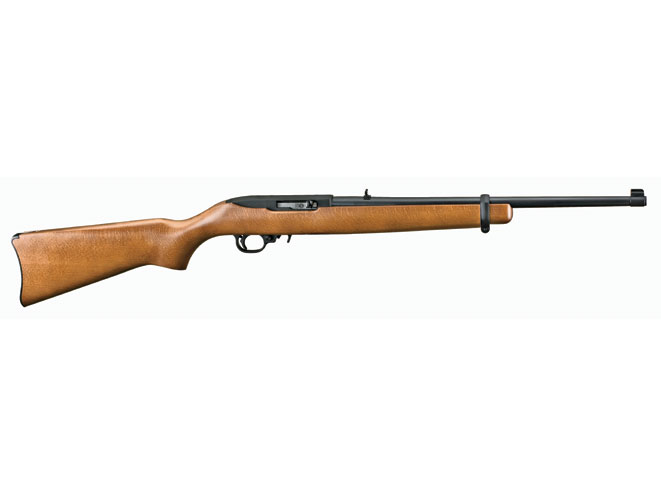
Prices for new and quality used rimfire guns vary from less than $200 to over $2,500. The differences between inexpensive and costly guns are primarily in the cost of their materials, the design of their operating system, the degree of their precision in craftsmanship, the labor required in manufacture, and the costs associated with importation and shipping. When it comes to accuracy, less expensive polymer-stocked rimfires manufactured on modern CNC machinery often provide all the accuracy a new shooter can use. One shouldn’t automatically assume they need a custom-made gun with a match-grade barrel. Spending money to achieve greater accuracy quickly becomes an exercise in diminishing returns.
Advertisement — Continue Reading Below
RELATED STORY: Top 12 Rimfire Targets For New And Experienced Shooters
For example, an accomplished Bullseye competitor may find it worthwhile to spend around $1,000 to $1,500 on a competition-grade rimfire handgun to eke out every bit of accuracy potential. On the other hand, a person looking for a handgun to hunt small game or compete in informal matches would be better off with a less expensive yet high-quality pistol, like a Ruger Mark III or a Smith & Wesson Model 22A.
Aftermarket enhancements like optical sights, custom grips, and match triggers can often be added later if the owner wants to upgrade the pistol for formal competition. I added an EOTech MRDS sight, a set of Herrett’s stocks, and a Volquartsen trigger to my Ruger 10/22 Lite. The entire setup costs as much as a custom pistol without the aftermarket equipment. The modified Ruger is probably the most accurate .22 LR rifle I’ve ever fired when loaded with target-grade ammo.
3. Find Your Fit
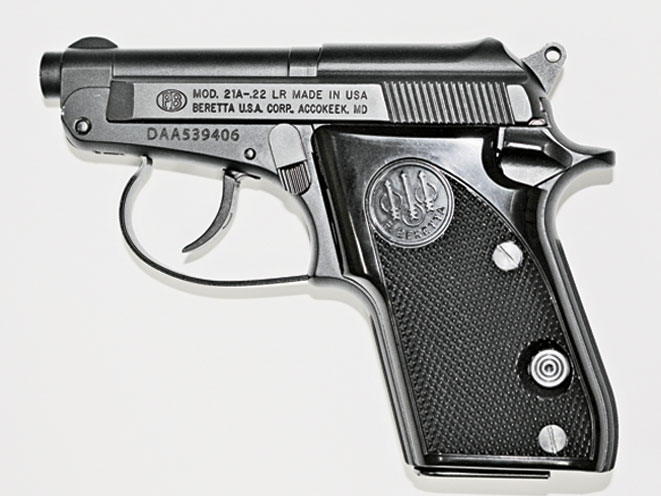
Advertisement — Continue Reading Below
One of the biggest problems new shooters have in purchasing a rimfire or any other gun is getting a gun that “fits.” Fit involves two important considerations: Does the gun’s action fit the shooter’s level of gun-handling knowledge? And does it physically fit its prospective owner?
With respect to firearms knowledge, one of the first things a new gun buyer should do is learn how various types of guns work. The novice can ask an experienced shooter to take them to the range, and it’s always a good idea to ask the salesman to demonstrate the basic operation of any gun being purchased. Even better, the new shooter can take an NRA gun safety course. NRA-trained instructors teach classes in most cities. Many gun stores also offer state-mandated concealed-carry courses that discuss various operating systems and their safe usage.
RELATED STORY: 8 .22 LR Rimfire Conversion Kits
Once the field is narrowed, it’s important to be sure that the gun fits the buyer’s body as well as their level of gun-handling skills. With a rifle, the buyer should make sure that the rifle’s length of pull and comb are correct for the dimensions of his or her body. This means that, when a rifle is raised to the shoulder, the pad of the shooter’s trigger finger should naturally fall on the trigger. The shooter’s cheek should rest on the stock’s comb so that the sights are aligned with their dominant eye. Cutting the stock or adding a comb or buttpad may improve a rifle’s fit, but it might not. Therefore, it’s best for a new shooter to get a gun that fits to begin with.
Advertisement — Continue Reading Below
Fit Goes Beyond Size
Fit also means that a rifle should not be so heavy that its user can’t hold it steady. No one can hold a gun perfectly still because our nerves and muscles are continually compensating for slight changes in the body’s balance. This causes the front sight to weave back and forth across the target. A shooter needs a rifle that is just heavy enough to dampen this weaving, but not so heavy that it makes the weaving worse. When sight weave is controlled, a slow and steady trigger press will place shots on target. In addition, if the novice is going to carry the rifle in the field, it should be light enough to carry all day over the terrain where it will be used. Target rifles with bull barrels usually don’t make good squirrel guns.
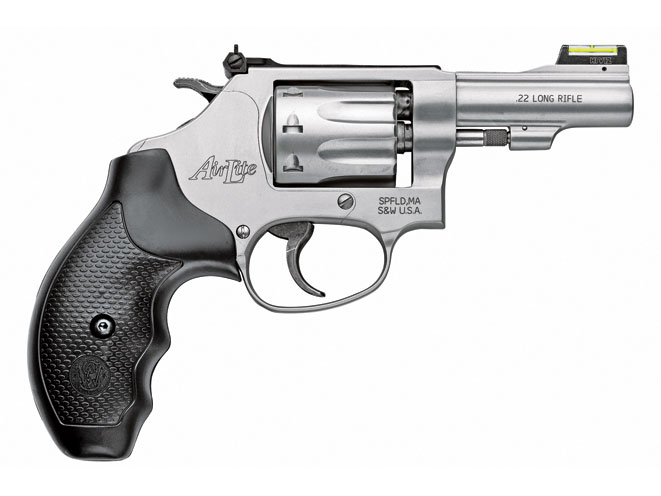
Fit for the Sake of the Trigger
Fit is different when it comes to handguns. Instead of length of pull, the new shooter should make sure that the trigger reach matches his or her hand. This is determined by placing the gun in the web of the shooting hand when the barrel of the gun is aligned with the bones in the shooter’s forearm. The pad and first joint of the trigger finger should then fall naturally on the face of the trigger. That way, the shooter will have maximum control of the trigger when it is pressed to the rear.
Advertisement — Continue Reading Below
Sometimes shooters can modify the trigger reach by adding custom grips, but not all custom grips will work for everyone. Therefore, you should evaluate trigger reach with the gun with the custom grips installed before completing the sale. Also, remember that weight is another consideration with handguns. The gun should be relatively easy to hold when taking both one- and two-handed stances.
RELATED STORY: Top 10 Rimfire Guns for CCW Self Defense
Finally, the new owner must have the strength to operate the gun’s action. Regardless if it’s a rifle or handgun, the shooter should be able to load and unload the gun safely. They should be able to cycle the action with ease and smoothly operate the trigger.
I once met a senior citizen who owned a .22 Magnum revolver specifically for personal and home defense. The first time she went to shoot her new gun at the range, its 15-pound double-action trigger was too much for her arthritis. No one told her that revolvers chambered in .22 Magnum need to have heavy hammer springs. This is because the cartridge has a thick rim designed for magnum pressures. She traded that magnum for a 3-inch-barreled S&W Model 317 in .22 LR, which had a very nice trigger right from the factory. She lost money on the trade but finally had a gun she could use.
Advertisement — Continue Reading Below
The Right Rimfire
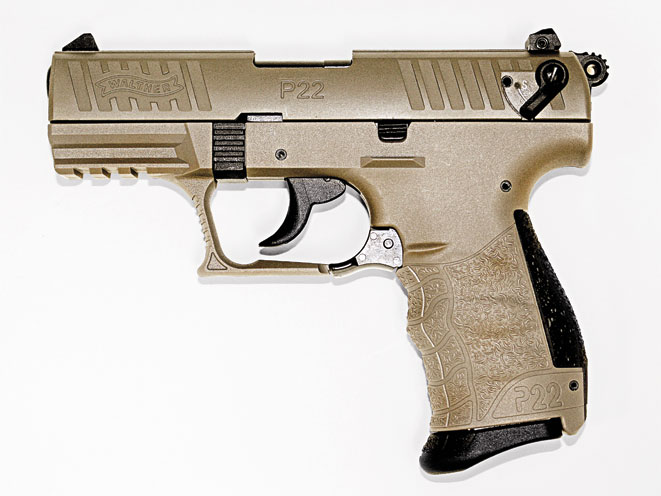
It can be a little daunting because of all the options on the market. However, new shooters shouldn’t find it difficult to choose the right rimfire. Clearly defining your needs, setting a spending limit, checking the fit, and asking questions of experienced shooters and sales personnel will help you choose the rimfire rifle or handgun that fits you and meets your needs.
